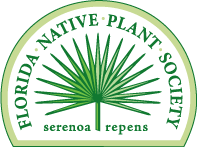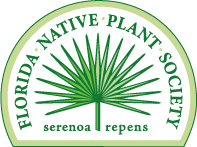FNPS Plant Database
Cornus foemina
PHOTOS COMING SOON!
Nomenclature
Common Name:
Synonym(s):
Genus species:
Family:
Cornaceae
Plant Specifics
Form:
Size:
Life Span:
Long-lived perennial
Flower Color:
Fruit Color:
Phenology:
Noted For:
Landscaping
Recommended Uses:
Considerations:
Availability:
Propagation:
Light:
Moisture Tolerance:
Always Flooded------------------------------------------------Extremely Dry
Coming Soon!
Stays wet ---to--- Not wet but not extremely dry
Salt Water Flooding Tolerance:
Unknown
Salt Spray/Salty Soil Tolerance:
Low/no tolerance of salty wind or direct salt spray
Soil or Other Substrate:
Sand, Loam
Soil pH:
Suitable to Grow In:
8A,8B,9A,9B,10A

USDA zones are based on the average annual extreme minimum winter temperature.
Don't know your zone? Click here to search by zip code.
Ecology
Wildlife:
Attracts long-tongued bees, short-tongued bees, wasps, flies, and butterflies.
Larval host for cecropia silkmoth ( Hyalophora cecropia ) and spring azure butterfly ( Celastrina ladon ).
Birds and small mammals consume the fruit.
Native Habitats:
Natural Range in Florida:
Visit the USF Libraries Atlas of Florida Plants
Comments:
Ethnobotany:
General Comments:
Citations:
Haehle, Robert G. and Joan Brookwell. 1999. Native Florida Plants. Gulf Publishing Company. Houston, TX.
Huegel, Craig, N. 2010. Native plant landscaping for Florida wildlife. University Press of Florida, Gainesville, FL. (wildlife uses)
Institute for Regional Conservation. Accessed 2021. Natives for Your Neighborhood. https://www.regionalconservation.org/beta/nfyn/plantdetail.asp?tx=Cornfoem.
Nelson, Gil. 2003. Florida's Best Landscape Plants. Association of Florida Native Nurseries.
Osorio, Rufino. 2001. A gardener's guide to Florida's native plants. University Press of Florida, Gainesville, FL.
Wunderlin, R. P., B. F. Hansen, A. R. Franck, and F. B. Essig. 2021. Atlas of Florida Plants ( https://florida.plantatlas.usf.edu/ ). Institute for Systematic Botany, University of South Florida, Tampa.






